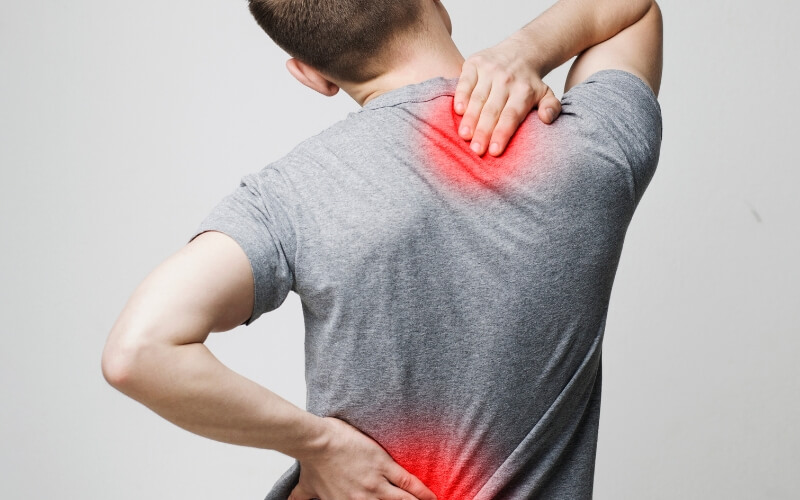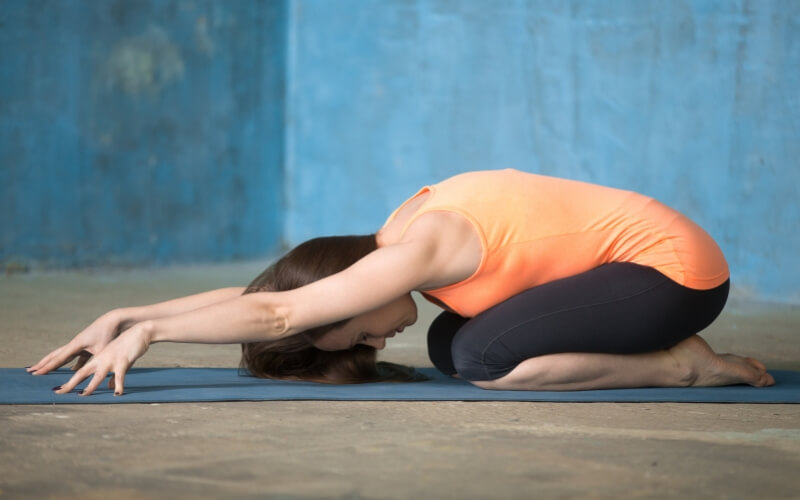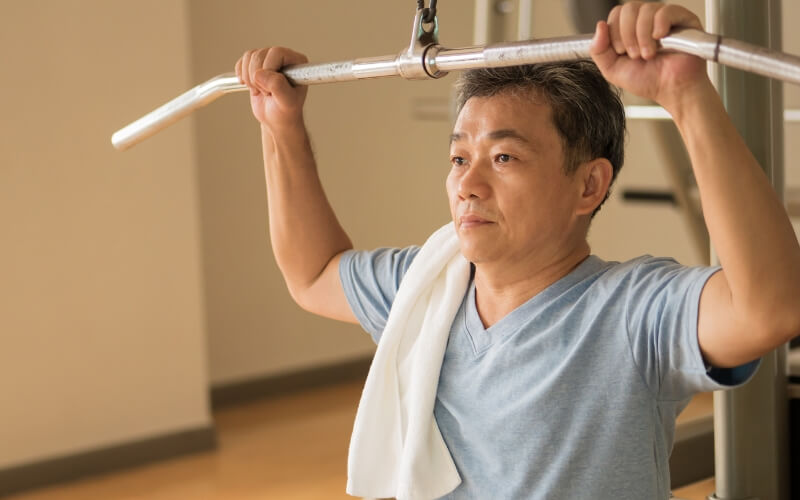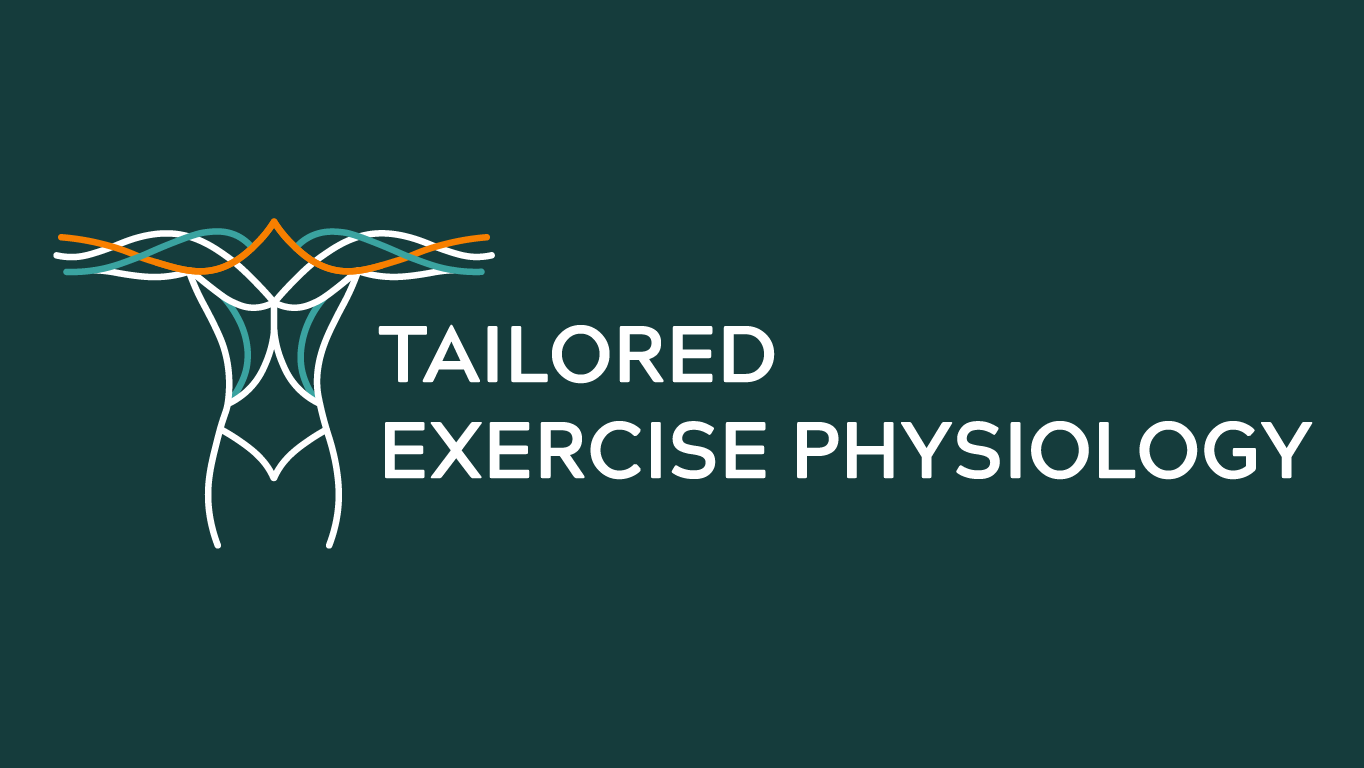Postural dysfunction, such as scoliosis, dowager’s hump (kyphosis), forward head carry and sway back, specifically refers to changes to joint structure or bone placement.
These changes may negatively impact movement quality and can also result in pain and discomfort. Today we will be talking about scoliosis exercises, exercises to help posture, and ways to fix forward head posture.
If you are interested in learning about lifestyle-related postural changes, or ‘poor’ posture, you can check out our post on exercises to improve your posture.

Impact on Movement Quality
In some cases, such as scoliosis and kyphosis, changes to the structure of the joints can influence an individual’s range of movement, strength and function.
In the case of scoliosis, joints in the spine are altered to form curvatures throughout. Although the spinal changes are relatively stable in adulthood, adaptations to movement may result in decreases to flexibility and strength over time.
For example, a person’s spinal curvature might make it difficult to lift their left arm over their head. To combat this, the person tends to lift their right arm more than their left. Over time, the left arm becomes unaccustomed to movements above the shoulder, which can make it stiff, weak and painful.
In other circumstances, learnt activity may result in permanent or semi-permanent changes to posture. This is the case with some diagnoses of Dowager’s Hump, or hyperkyphosis, where consistent and repetitive neck protrusion can result in micro fractures to the upper spine, creating a visible curvature at the top of the back.
Once formed, it can be quite difficult to move their head and shoulders in specific directions, especially looking up. Please note that some types of Dowager’s Hump also have a genetic component.
Other typical postural dysfunctions include sway back, flat back and forward head carry. These are less serious forms of dysfunctions and relate to the use and disuse of certain postural muscle groups, influencing overall posture.

How do we treat postural dysfunction?
In many cases, postural dysfunction can be treated through conservative management. The specific protocol will change from individual to individual, however the overarching principles involve lengthening of tight muscle groups and strengthening of weak muscle groups.
This dual focus on flexibility and strength helps counteract forces that encourage bone structures to adopt certain positions.
In cases where spinal changes are deemed unstable or unsafe, invasive intervention may be required. This is particularly relevant for growing teenagers with severe scoliosis, or where circumstances result in changes to the bone structure, such as in accidents. An orthopaedic surgeon will usually provide advice in these cases.

Final Words:
Addressing postural dysfunctions requires a personalized approach. While this overview provides insights into common dysfunctions and their treatments, individuals should consult healthcare professionals for advice based on their specific condition.


